Solar panels and wind turbines cannot generate power continuously. So, a tidal turbine that does not harm the environment is the need of the hour.
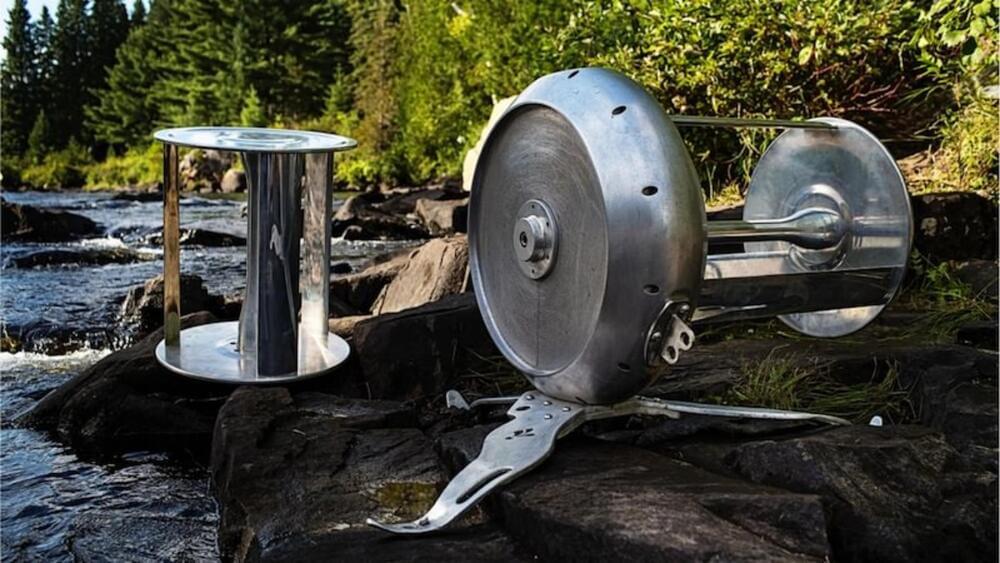

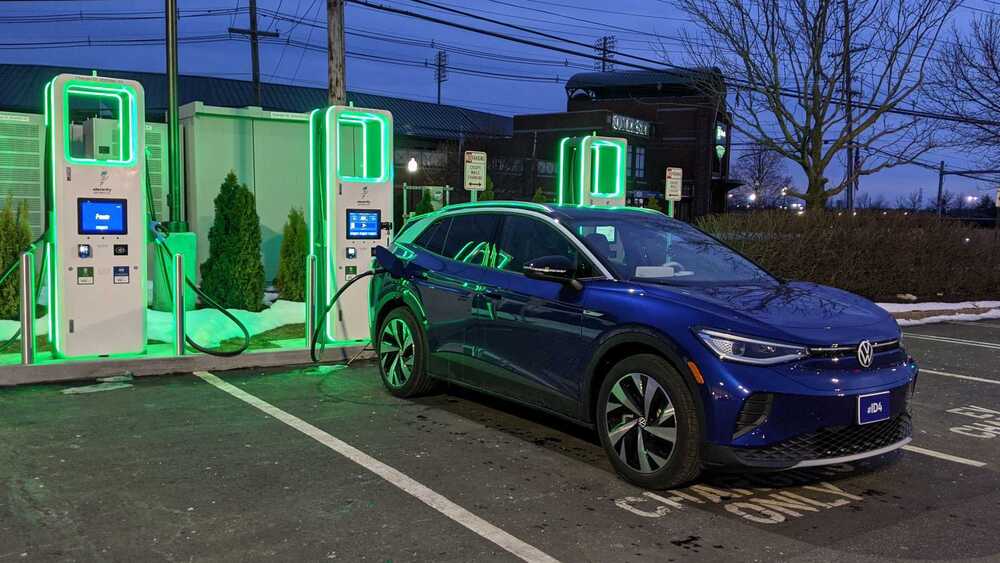
After a year of record electric vehicle sales, waves of people are spending their first winter with an all-electric car for the first time. They’d do well to pay attention to these five tips for charging in cold weather from the Electrify America charging network.
EVs, just like any other vehicles, operate the best in a certain window of temperatures, outside of which their energy consumption range or charging might be negatively affected.
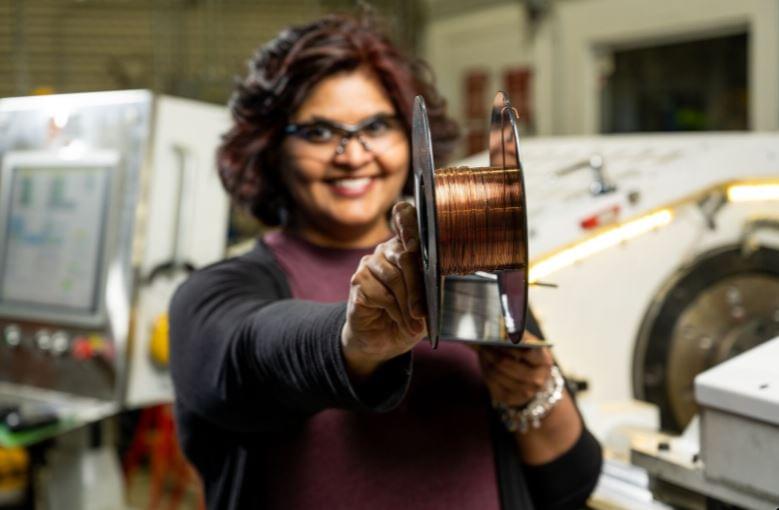
A common carbon compound is enabling remarkable performance enhancements when mixed in just the right proportion with copper to make electrical wires. It’s a phenomenon that defies conventional wisdom about how metals conduct electricity.
The findings, reported in the journal Materials & Design, could lead to more efficient electricity distribution to homes and businesses, as well as more efficient motors to power electric vehicles and industrial equipment. The team has applied for a patent for the work, which was supported by the Department of Energy (DOE) Advanced Materials and Manufacturing Technologies Office.
Materials scientist Keerti Kappagantula and her colleagues at DOE’s Pacific Northwest National Laboratory discovered that graphene, single layers of the same graphite found in pencils, can enhance an important property of metals called the temperature coefficient of resistance.
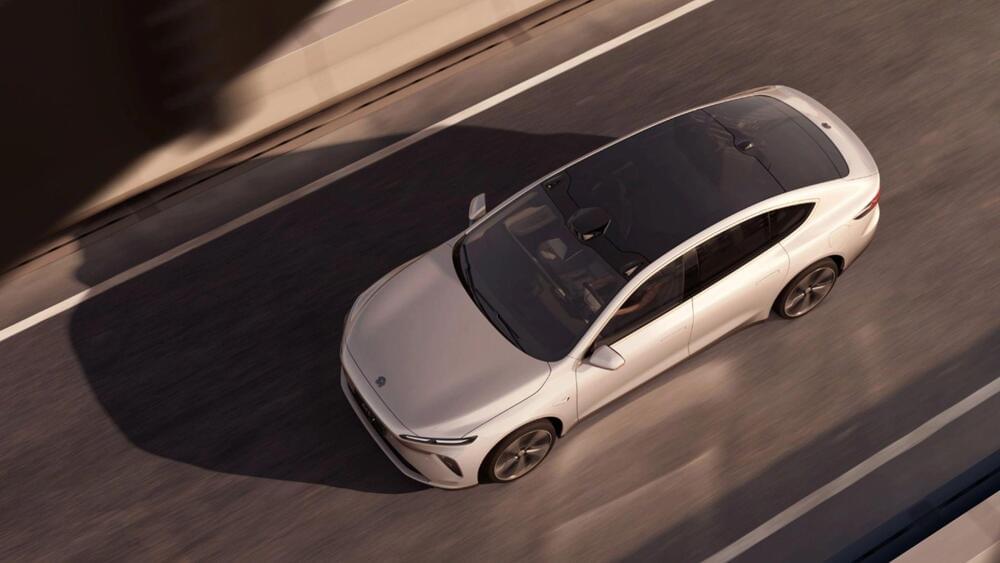
Chinese automaker Nio’s flagship electric sedan, the ET7, completed a historic journey of 649 miles (1,044 kilometers) on a single charge. The feat, led by Nio’s CEO William Li, not only showcased the capabilities of the ET7 but also highlighted the advancements in Nio’s cutting-edge battery technology.
CEO William Li’s announcement on Weibo
Nio’s CEO, William Li, took to the Chinese social media platform Weibo to announce the success of the 150kWh battery endurance challenge. He shared, “The 150kWh battery life challenge was completed, with a final score of 1,044 kilometers!” Li emphasized the challenging conditions, including a nationwide cold wave, during the 14-hour journey from Shanghai to Xiamen. Despite starting at a chilly 28 Fahrenheit (−2 degrees Celsius), the ET7 showcased exceptional performance, reaching its destination with 3 percent battery power remaining.

This may sound great at first glance, but researchers say it could signal the start of a “vicious cycle.”
The world is undergoing an insect apocalypse, with our buggy friends experiencing global mass population decreases at an estimated 2 percent yearly due to a woeful combination of climate change, pesticides, habitat loss, and other human-made ills.
How are flora — which often rely on insects for pollination — adapting to this massive change within the worldwide food chain? Researchers in France have now revealed one way: turning to self-pollination.
In a new study published in the journal New Phytologist, researchers have found that wildflowers in a patch of farm meadow in the Paris region have increasingly adapted to self-fertilization.
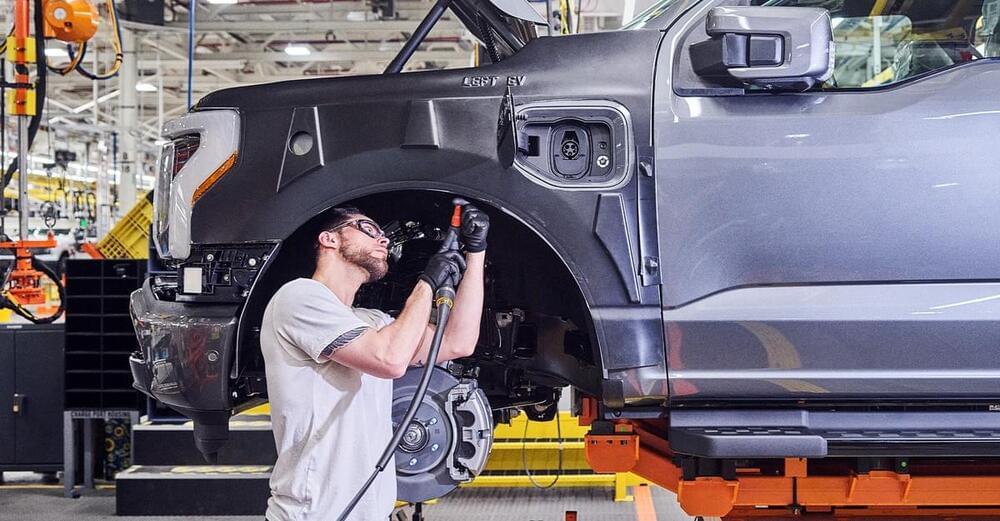
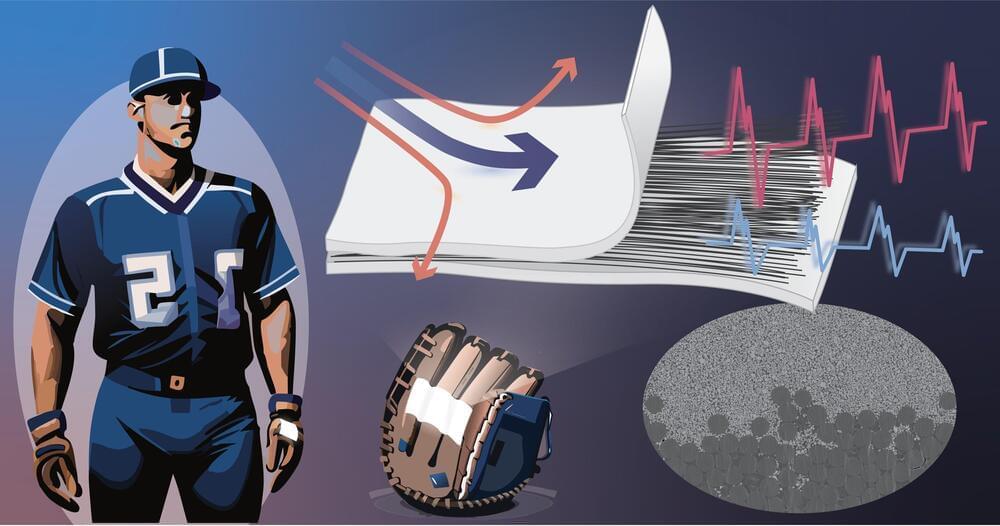
An international research group has engineered a novel, high-strength flexible device by combining piezoelectric composites with unidirectional carbon fiber (UDCF), an anisotropic material that provides strength only in the direction of the fibers. The new device transforms kinetic energy from human motion into electricity, providing an efficient and reliable means for high-strength and self-powered sensors.
Details of the group’s research were published in the journal Small on Dec.14, 2023.
Motion diction involves converting energy from human motion into measurable electrical signals and is something that may be crucial for ensuring a sustainable future.
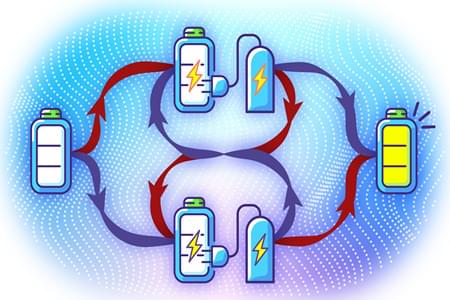
Charging quantum batteries in indefinite causal order. In the classical world, if you tried to charge a battery using two chargers, you would have to do so in sequence, limiting the available options to just two possible orders. However, leveraging the novel quantum effect called ICO opens the possibility to charge quantum batteries in a distinctively unconventional way. Here, multiple chargers arranged in different orders can exist simultaneously, forming a quantum superposition. ©2023 Chen et al. CC-BY-ND
Batteries that exploit quantum phenomena to gain, distribute and store power promise to surpass the abilities and usefulness of conventional chemical batteries in certain low-power applications. For the first time, researchers including those from the University of Tokyo take advantage of an unintuitive quantum process that disregards the conventional notion of causality to improve the performance of so-called quantum batteries, bringing this future technology a little closer to reality.
When you hear the word “quantum,” the physics governing the subatomic world, developments in quantum computers tend to steal the headlines, but there are other upcoming quantum technologies worth paying attention to. One such item is the quantum battery which, though initially puzzling in name, holds unexplored potential for sustainable energy solutions and possible integration into future electric vehicles. Nevertheless, these new devices are poised to find use in various portable and low-power applications, especially when opportunities to recharge are scarce.

